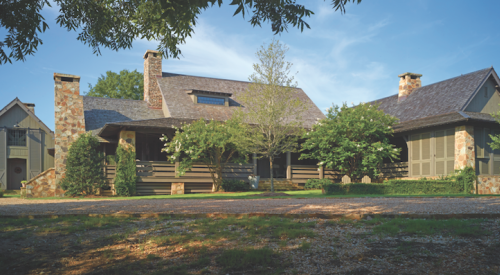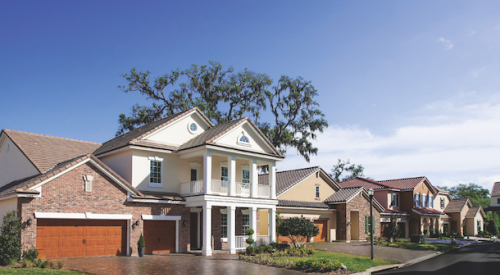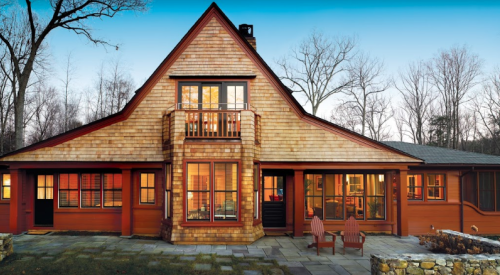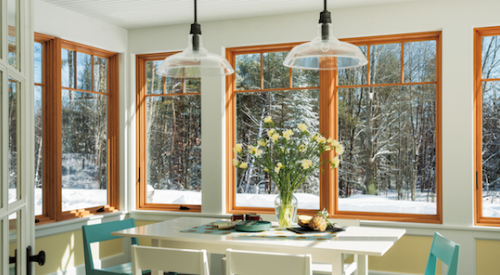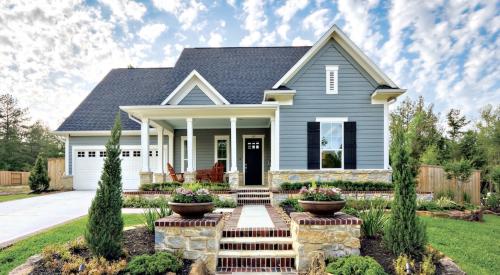An American architectural staple, the Colonial house never goes out of style. But as time goes by, each centennial gives its new spin on the classic. This time, homebuyers want a Colonial-style house, but they also want modern features, especially on the inside—hello, all-white kitchen. The outside has a modern twist as well, pairing the Colonial pitched roof with modern elements such as oversized clapboards and batten siding. The result: an abstracted, minimalistic version of the Northeastern staple.
“The Colonial house is reinvented about every 100 years,” says Jan Gleysteen, a Boston-area architect. He thinks that it’s time to reinvent the enduring house style once again.
“The trend I see today,” Gleysteen says, “is that every young family wants a modern interior that’s clean, without clutter, that feels like a breath of fresh air. They don’t want traditional interiors, with a lot of separate rooms and fussy trim and ornamentation.
“But at the same time,” he continues, “they want the exterior to look traditional and to fit into a long-settled New England neighborhood. Those time-honored forms are comforting and familiar. They want traditional massing with a modern interior.”
Colonial architecture saw its first reinvention about 1870, when Americans celebrated the country’s centennial. Since then, it has never totally gone out of style; it is especially beloved in the northeast.
In New England, the Colonial house was informed by English precedent. During the 17th century, its box-like appearance was relieved by a prominent chimney and small casement windows; often the rear was extended in a long, sloping roof that formed the “salt box” shape. Unlike European houses, it was timber framed.

